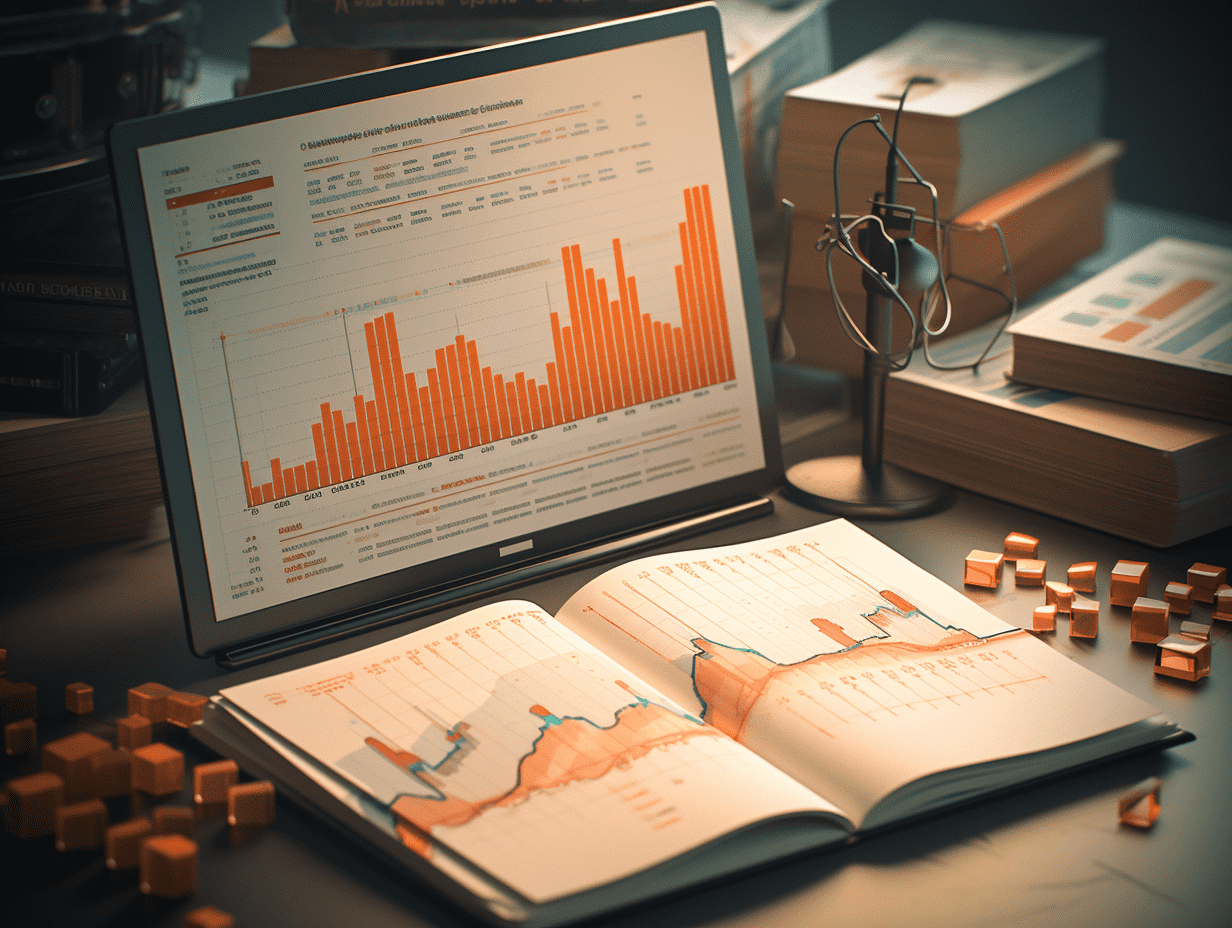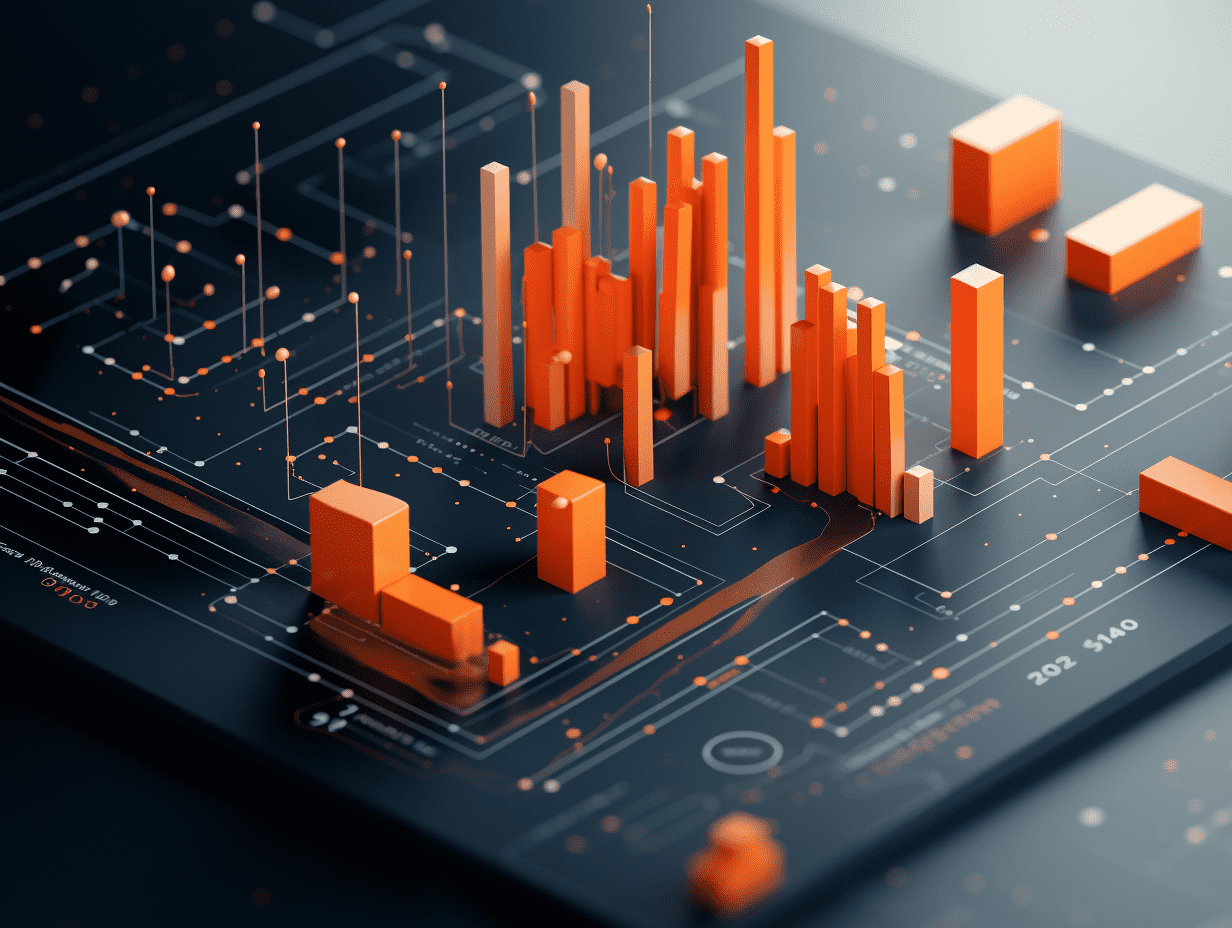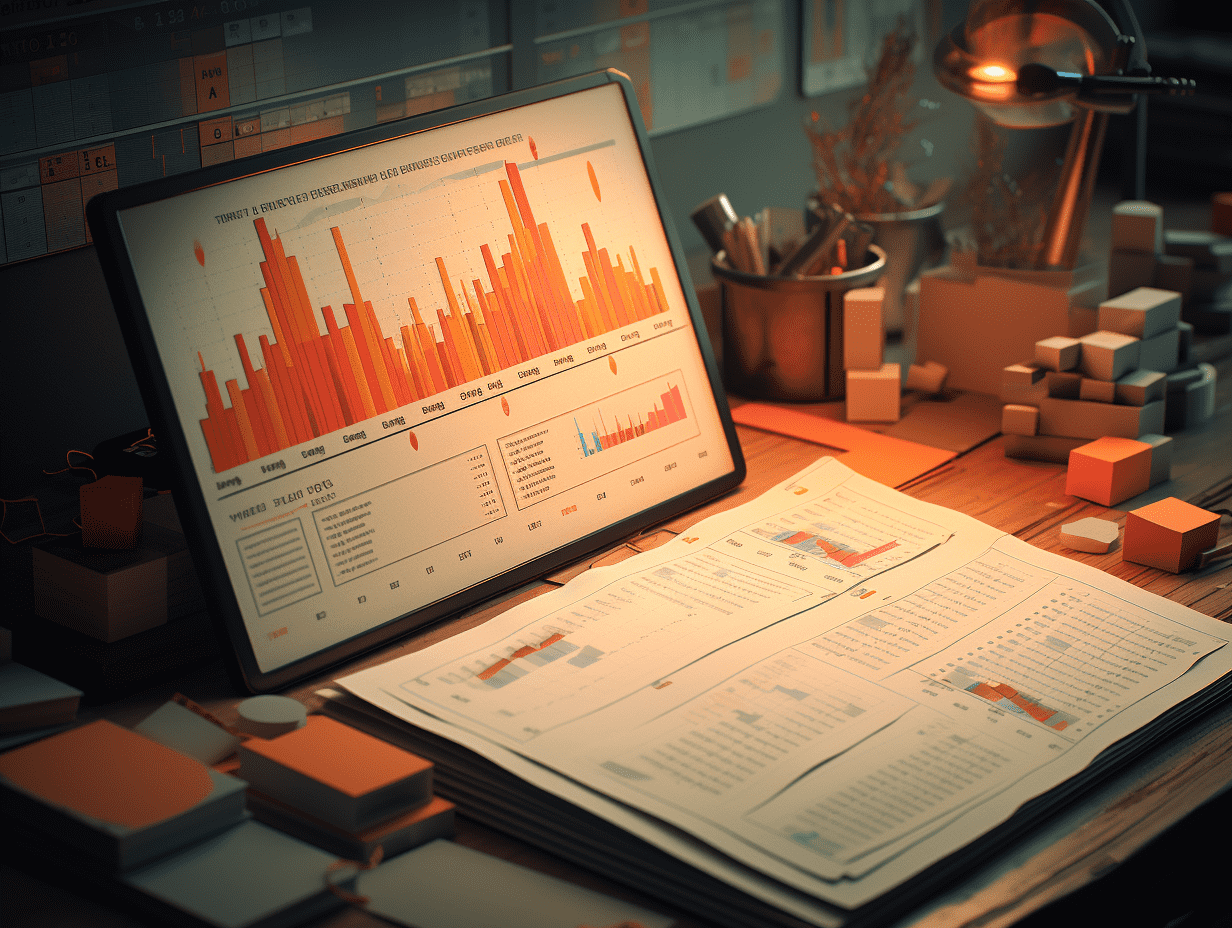The wave of American decline is strong, these indicators are worth paying attention to.
The U.S. economy entered 2025 with a solid foundation, but Trump's tariff policies have had a negative impact on the prospects.
The US economy is entering 2025 with a solid foundation, but Trump's tariff policies have had a negative impact on the outlook. Many economists predict that the new taxes will slow down US economic growth, worsen inflation, and possibly increase unemployment. Economists surveyed by institutions now believe that the probability of the US economy entering a recession next year is close to 50%. Americans' views on the economy have worsened, and some companies have already reported halting investments. However, most of the weakness is concentrated in sentiment-based indicators.
Last week, executives from the global asset management giant PIMCO, which focuses on fixed income assets such as bonds, stated in media interviews that the risk of a US economic recession has risen to the highest level in years, and warned that investors may be underestimating Trump's determination to restore the high and aggressive retaliatory tariffs that caused global financial markets to plummet last month.
Goldman Sachs' chief economist Jan Hatzius also reiterated his view that there is a 45% chance of a US economic recession in the next 12 months. He emphasized that the "recession risk is very significant". Hatzius admitted that recent data has been mixed, with soft data such as sentiment surveys being weak, while hard data like the latest non-farm payroll data showing positive results. He explained that this difference can be understood, as historically hard data usually has a lag of around 60 days. This time, the lag may be longer because many trade activities are being carried out in advance to avoid tariffs.
For the upcoming economic indicators, economists are closely monitoring early signs of deterioration in the labor market, such as a decrease in average weekly working hours. In other aspects, a decrease in consumer spending may be reflected in monthly expenditure data, while cutbacks in business investment may a decrease in capital goods orders, including machinery and other equipment.
Related Articles
.png)
"Trump put options" rekindle, S&P 500 index surges.

Stock god transforms into bond king! Buffett becomes the fourth largest short-term debt holder in the United States, even more than the Federal Reserve.

US Treasury Secretary: Expects to hold another meeting with China in the coming weeks in order to reach a more permanent agreement.
"Trump put options" rekindle, S&P 500 index surges.
.png)
Stock god transforms into bond king! Buffett becomes the fourth largest short-term debt holder in the United States, even more than the Federal Reserve.

US Treasury Secretary: Expects to hold another meeting with China in the coming weeks in order to reach a more permanent agreement.

RECOMMEND

Powell Strikes a Hawkish Pose! Bond market rate cut dreams shattered, traders urgently reshuffling positions.
12/05/2025

Federal Reserve officials "collectively release information": Be cautious about the inflation risk of tariffs, not in a hurry to cut interest rates.
10/05/2025

National Bureau of Statistics: In April 2025, the year-on-year decrease in the producer prices of industrial products at the factory was 2.7%.
10/05/2025


